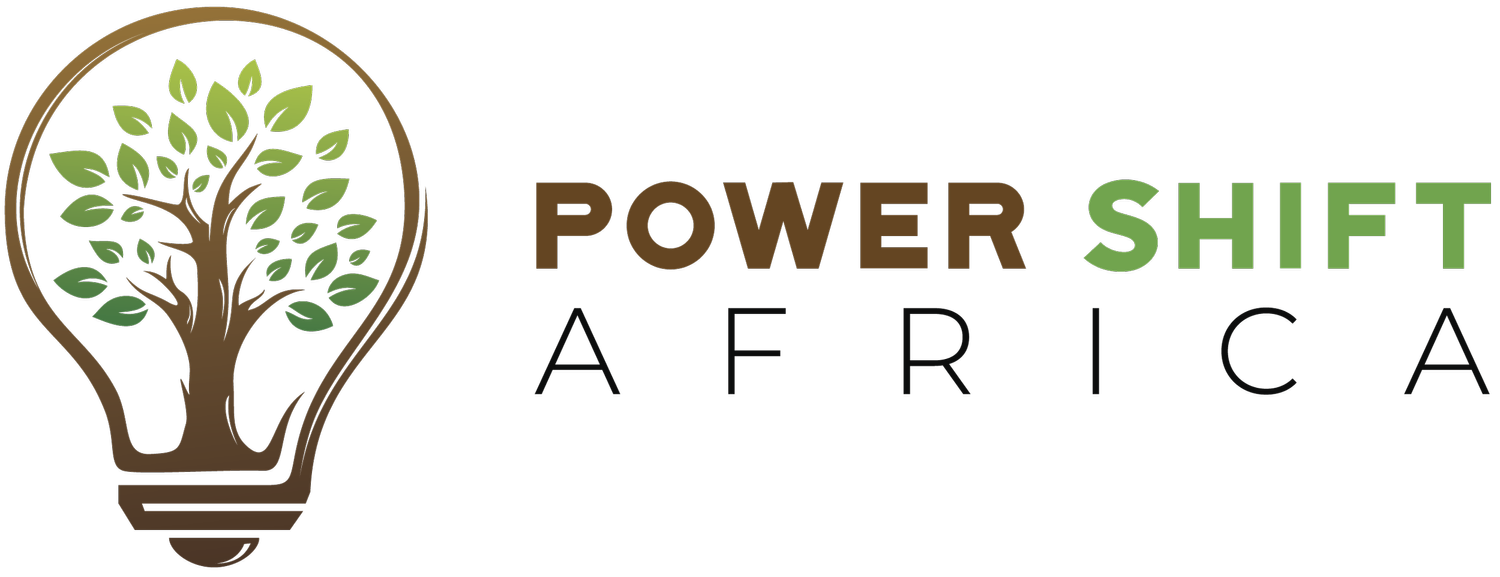Why Purple Took Over Day 2 of COP30
On Tuesday this week, the second day of COP30, the summit venue in the city of Belém, Brazil, turned purple as members of civil society, politicians, negotiators, and the business community donned purple to show solidarity with women.
The summit was marking the Gender Day, and across pavilions and plenary halls, delegates wore ribbons, scarves, and traditional fabrics in shades of violet, in a powerful visual statement and calls to have gender justice at the heart of climate action.
On this day, women’s rights groups called for renewed pressure for an ambitious and well-funded Gender Action Plan (GAP), with participants, including African women leaders, insisting that the time for promises has passed, and this COP must deliver concrete action.
From Cape to Cairo: African Women Demand Change
Ndivile Mokoena, the project coordinator at GenderCC Southern Africa, who participated in the activity, captured the raw frustration felt by many women in the Global South, saying:
“From Cape to Cairo, Morocco to Madagascar, women from Africa still suffer from repression, oppression, marginalisation, patriarchal norms, misogyny and other forms of discrimination and violence.”
Mokoena reminded delegates that the Gender Day is not just a symbolic event but a strong demand for gender-responsive global climate policies, mainstreamed across all negotiation tracks.
“Gender is always weaponised, politicised and trivialised for other gains instead of equity, agency, and recognising the pivotal role women play in society and in the climate discourse,” she added.
At this COP, Mokoena and other African activists are urging Parties to adopt a gender-transformative climate adaptation and finance agenda that acknowledges intersectionality, the layered realities of Indigenous women, youth, persons with disabilities, and other marginalised groups.
Their primary call? Put gender at the core of climate policy, not at its periphery.
From Lima to Belém: A Decade in the Making
Elizabeth Wanja, another leading voice on gender and climate justice, provided a snapshot of the long journey of the gender push in the multilateral process to date.
“The Lima Work Programme on Gender was established at COP20 in 2014 to advance gender balance and mainstream gender across the UNFCCC process,” recalled the coordinator at Kenya Climate Change Working Group (KCWG) from Belem.
The Lima Work Programme paved the way for the first Gender Action Plan (GAP), a practical tool that translates ambition into measurable action.
‘‘By COP25 in Madrid, the programme and its GAP were extended and strengthened to accelerate implementation,’’ Wanja added of the evolution of the gender negotiations at the global climate talks.
Through 2023 and 2024, the enhanced Lima/GAP underwent comprehensive reviews, culminating at COP29 with an agreement to extend it for 10 years and develop a new, forward-looking GAP. ‘‘We hope that the negotiations in Belem this year will finalise that text.’’
Meanwhile, the world awaits a new Gender Action Plan as stakeholders unite around several expectations for the new framework. They want the GAP to:
Be more action-oriented and time-bound
Have stronger resourcing & accountability, dedicated financing lines, clearer responsibilities across UNFCCC bodies
Have gender requirements embedded across mitigation, adaptation, loss & damage, finance, technology, and transparency frameworks, not siloed in a “gender” item
Pay explicit attention to Indigenous Peoples, youth, older women, persons with disabilities, and other marginalised groups so “women” isn’t treated as a single homogenous category
Include capacity-building, data & knowledge sharing
Have concrete measures to increase and sustain women’s meaningful participation, not just presence in delegations, constituted bodies and technical workstreams
What to expect at COP30
There are four main outcomes to expect at the summit in Brazil.
1. The main gender outcome to watch is the formal adoption of a new Gender Action Plan (GAP) drafted through SBI consultations. The agenda was adopted on 10/11/2025.
2. High political momentum as civil society, UN Women, Parties, and regional groups push for an ambitious, well-resourced GAP with coordinated statements.
3. Divisions in negotiations as Parties disagree on issues like binding versus voluntary language, financing obligations, monitoring indicators, and how far to embed gender in finance, mitigation, and loss & damage. There are also likely to be compromises late in the day.
4. Visibility & action through a strong civil-society presence through the Women’s Pavilion, gender side events, workshops, and advocacy for gender-responsive finance and country commitments.

